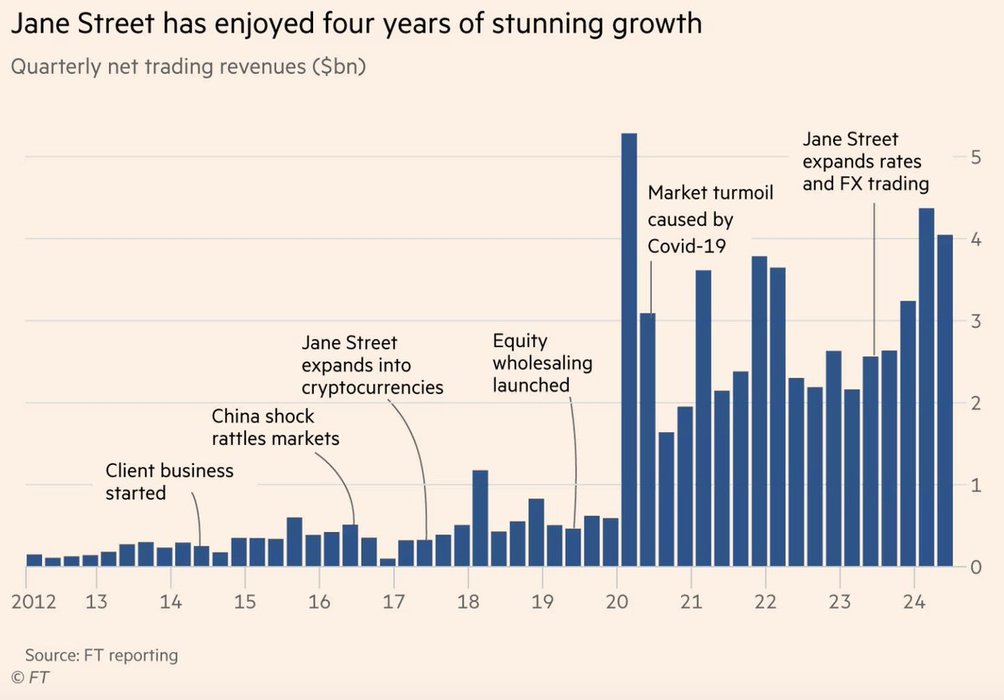Sublime
An inspiration engine for ideas
One is the neoclassical rational-choice-equilibrium argument that markets automatically come to the Pareto optimal equilibrium for society. This was Ken Arrow and Debreu’s great work. The second is more out of the Hayekian tradition, that markets are efficient at processing distributed information to help coordinate activity in the economy. But bot
... See moreW. Brian Arthur • Complexity Economics: Proceedings of the Santa Fe Institute's 2019 Fall Symposium
basics. The economy, whether in Europe or the US, is an enormous collection of arrangements and institutions and technologies and human actions, buying and selling and investing and exploring and strategizing. It’s a huge hive of activity, where the individual behavior of agents—banks, consumers, producers, government departments—leads to aggregate
... See moreW. Brian Arthur • Complexity Economics: Proceedings of the Santa Fe Institute's 2019 Fall Symposium
now? Number of women on the board, and maybe a little bit of diversity within the C-suite. That is not my question. I’m happy to have that data and those are important issues, but they’re so far from answering the question: is this an intellectually robust environment where the company is actually able to adapt to changing circumstances over time?
... See moreW. Brian Arthur • Complexity Economics: Proceedings of the Santa Fe Institute's 2019 Fall Symposium
Deirdre N. McCloskey: Home Page
deirdremccloskey.com
no more need to have them enforce our contracts.
W. Brian Arthur • Complexity Economics: Proceedings of the Santa Fe Institute's 2019 Fall Symposium

Ownership changes our perspective. We adjust to our level of ownership and it becomes the baseline by which we judge gains and losses.
Dan Ariely • Dollars and Sense
These data make a strong case that, as human social networks grow, they necessarily lead to systems that require fewer resources per person, and produce more per person. In other words, the benefits of scale for human groups have always been there.
Jessica C. Flack • Worlds Hidden in Plain Sight: The Evolving Idea of Complexity at the Santa Fe Institute, 1984–2019 (Compass)
On a per-person basis, materials use has been nearly constant over these twenty-five years, as more efficient use of materials has been counterbalanced by expanded production. In 2005, the global average was about 8.8 metric tons, or just under fifty pounds of materials used per day.